Mrs. L. Goncalves, Council member of the Trust, and Mr. W. Dhlandhlara of the Solon Foundation (whom we are proud to collaborate with) were both pleased and privileged to represent the Trust at the Nairobi Symposium held in February 2020.
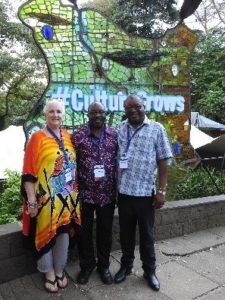 Mrs. L. Goncalves, Prof. Kilmani Njogu and Mr. W. Dhlandhlara
Mrs. L. Goncalves, Prof. Kilmani Njogu and Mr. W. Dhlandhlara
The event was organised by the British Council and Twaweza Communications in Nairobi, Kenya and held in the stunning grounds of the Botanical Gardens of the National Museum of Nairobi. The Trust would like to acknowledge and extend its deep appreciation to the INTO who very kindly provided the sponsorship for them both to attend.
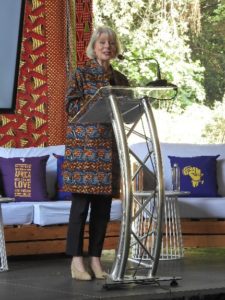 Ms Jill Coates,Director British Council Kenya
Ms Jill Coates,Director British Council Kenya
The core question leading all the discussions at the British Council part of the Symposium was ‘How do youth involvement, contemporary cultural practices and advances in information technology contribute to the overall potential of cultural heritage and how can they lead to cultural heritage interventions becoming more inclusive and engaging with diverse and non-traditional heritage audiences?’
Speakers from a very widely varied group presented their subjects which included such diverse aspects of cultural experiences such as built heritage (buildings, world heritage sites and indigenous sites), intangible heritage such as performances, language, media, folk art, crafts and oral traditions; natural heritage (caves, eco-villages, landscapes) and museums (visual arts, archives, libraries, cultural objectives); and how technology, youth involvement and community participation can increase access to this heritage – and its benefits. The potential for cultural heritage in order to secure livelihoods to enhance social inclusion was also discussed.
Gender inclusivity was also discussed in the various panels, workshops and presentations.
Presentations included:
- Audience development strategies – with speakers from the UK’s National Lottery Heritage Fund’s ‘Kick the Dust’ project;
- A lady from Somalia spoke representing the small Somali community in Kenya, who has been instrumental in creating the Awjama Cultural Centre in order to offer the Somali people, in particular the youth who are vulnerable, a chance to maintain their cultural roots whilst living away from their own country. Her project started when she found that the youth of her own Somali society were playing football in the road and had little else in the way of cultural interest;
- Emily Drani of the Cross-Cultural Foundation-Uganda gave a very poignant presentation saying that ‘cultural identity is in crisis’ and that with social media and technology as advanced as they are, they should be used as modern strategies to teach culture to the youth, with outreach programmes going towards cultural preservation, without losing everything in the homogenisation of ‘cultural diversity’. Youth today are more wrapped up in modern music and more programmes should be developed to give them access to their history, culture etc;
- Creative and strategic partnerships between cultural heritage and technology – This included a presentation by a South African speaker, Andiswa Bukula of the South African Centre for Digital Language Resources, who is working on a project to ‘collect’ the ‘click language’ Xhosa, in order to capture it, preserve it and make it available on-line to students, as it is only spoken among a diminishing small group of people in South Africa;
- Cultural heritage for inclusive growth with speakers from Kenya, Vietnam and Colombia;
- Contemporary approaches to programming for cultural heritage;
- Cultural heritage and entrepreneurship;
- In a presentation by the two invitees from Colombia, who spoke through an interpreter, they mentioned that in their very small, marginalised rural communities in Columbia (under ‘Cultural Heritage for Inclusive Growth’), their MIZAK community (like a small tribe) is one of 107 such small communities being encouraged by tourism to embrace their heritage and keep more young people in the communities through encouragement to return to/remain in, their cultural roots.
What makes a legend? A story. The bigger the story, the bigger the legend!
The statement lead to a discussion:
Contemporary approaches – why should young people be interested or involved? When you ENGAGE with them they become interested. Traditional games and stories for example.
Masai cultural traditions were discussed such as the rites of passage for the young men. How do you reach out to collect information and stories from subtribes? Organisers have to rely on local communities to provide contact and information.
Spotlighting rituals – making them available to be seen/shared by visitors/tourists if possible as a way of bringing income to small communities. Selling sustainable fair trade quality products on the market, feeding the community, providing tourists with souvenirs – coffee, creams, lotions etc using locally produced packaging.
Cultural practices/entrepreneurship – can it work together? Maintaining dignity and honour – an avenue to sustainability.
Alexander Lamont-Bishop, the new Deputy Director General of INTO spoke of the National Trust in the UK and it’s history.
He explained how properties can be donated to the Trust in order to have them protected (ie from developers) according to the owners wishes and as Tax saving moves to protect family inheritances etc. and also a way of maintaining green spaces forever.
Alexander Bishop addressing delegates
Concentrating on success stories Judy Ogana who is the National Officer for Culture, UNESCO, Nairobi Office, gave a presentation on a Government funded exercise to preserve Fort Jesus, a World Heritage Site near the ‘old town’ section of Mombasa.
Mrs Goncalves would like extend her appreciation to the British Council and Twaweza Communications for organaising such a successful event.
Elkanah Ong’esa – famous Kenyan stone sculptor
In her report back to the Executive Council Mrs Goncalves pointed out that Culture is not static, it is dynamic!
She highlighted the following points that are especially relevant for the Trust:
- Cultural art, traditional medicine, ethnic jewelry and music are important factors to consider in going forward
- Be more involved ‘on the ground’ with more influence in local indigenous cultural heritage preservation
- Focus on the preservation of sites and buildings for indigenous education, youth involvement, gender equality and in particular aiding women to become self-sustaining and more valuable in their own communities.
- Engaging the youth
- Hold Heritage and Craft and Music Fairs
- Run Heritage ‘hubs’
- Themed webinars/Podcasts/Social media
Specifically, as members of the INTO, the Trust should center on:
- Transactional membership
- Values membership
- Legacies
- Green Spaces
- Natural and cultural heritage conservation
- Community outreach
- Volunteering
- Commercial
The Trust is now working on implementing the theme of the conference: Culture Grows: Between Yesterday, Today and Tomorrow
We thank you very much for reading this article!




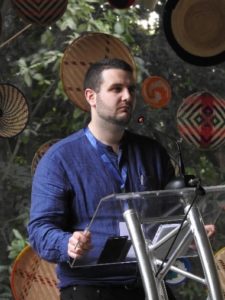
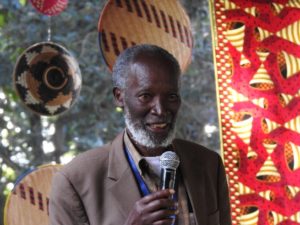
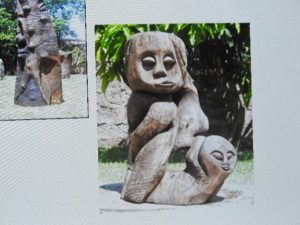


 USE NUMBER: 0775 907 595
USE NUMBER: 0775 907 595